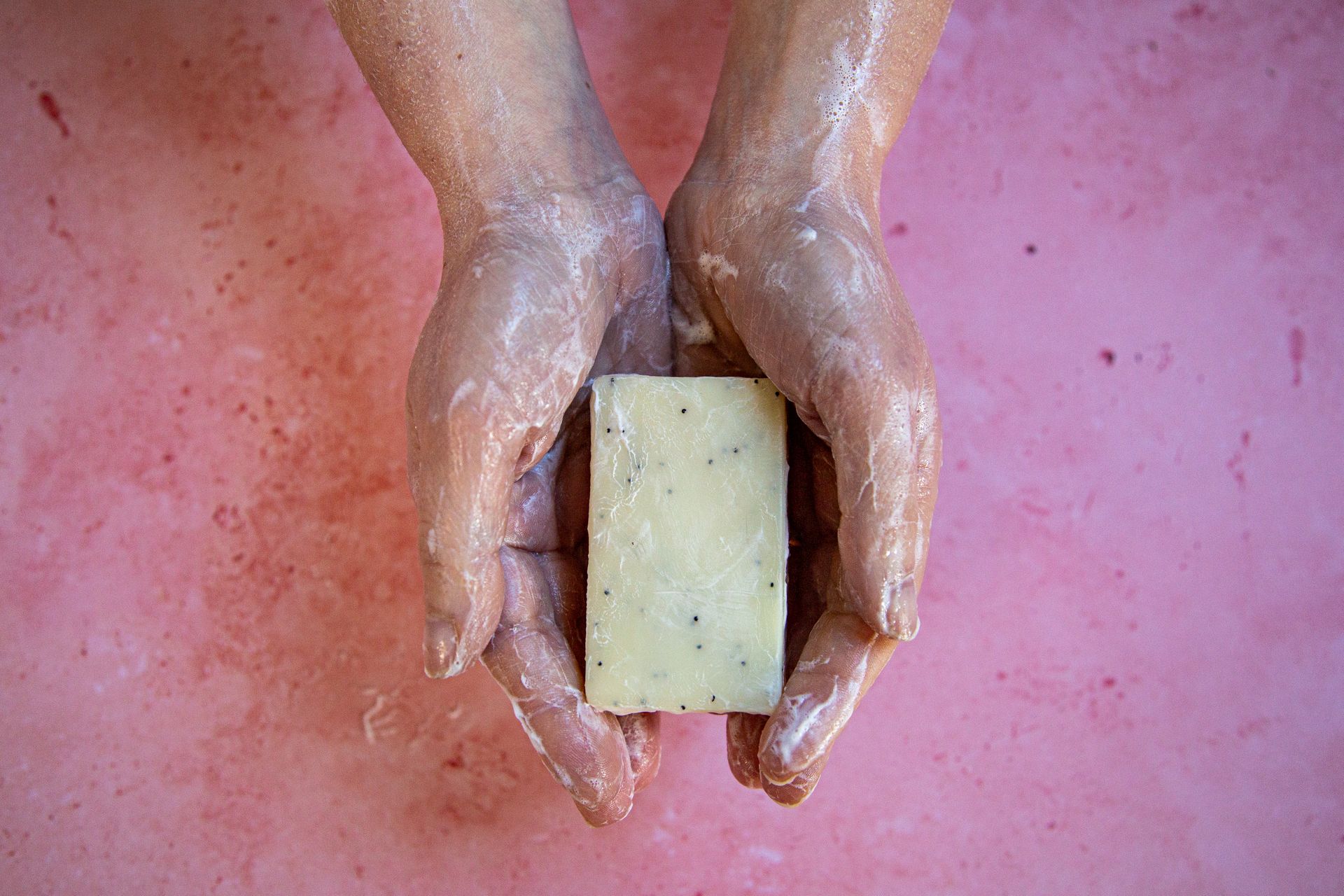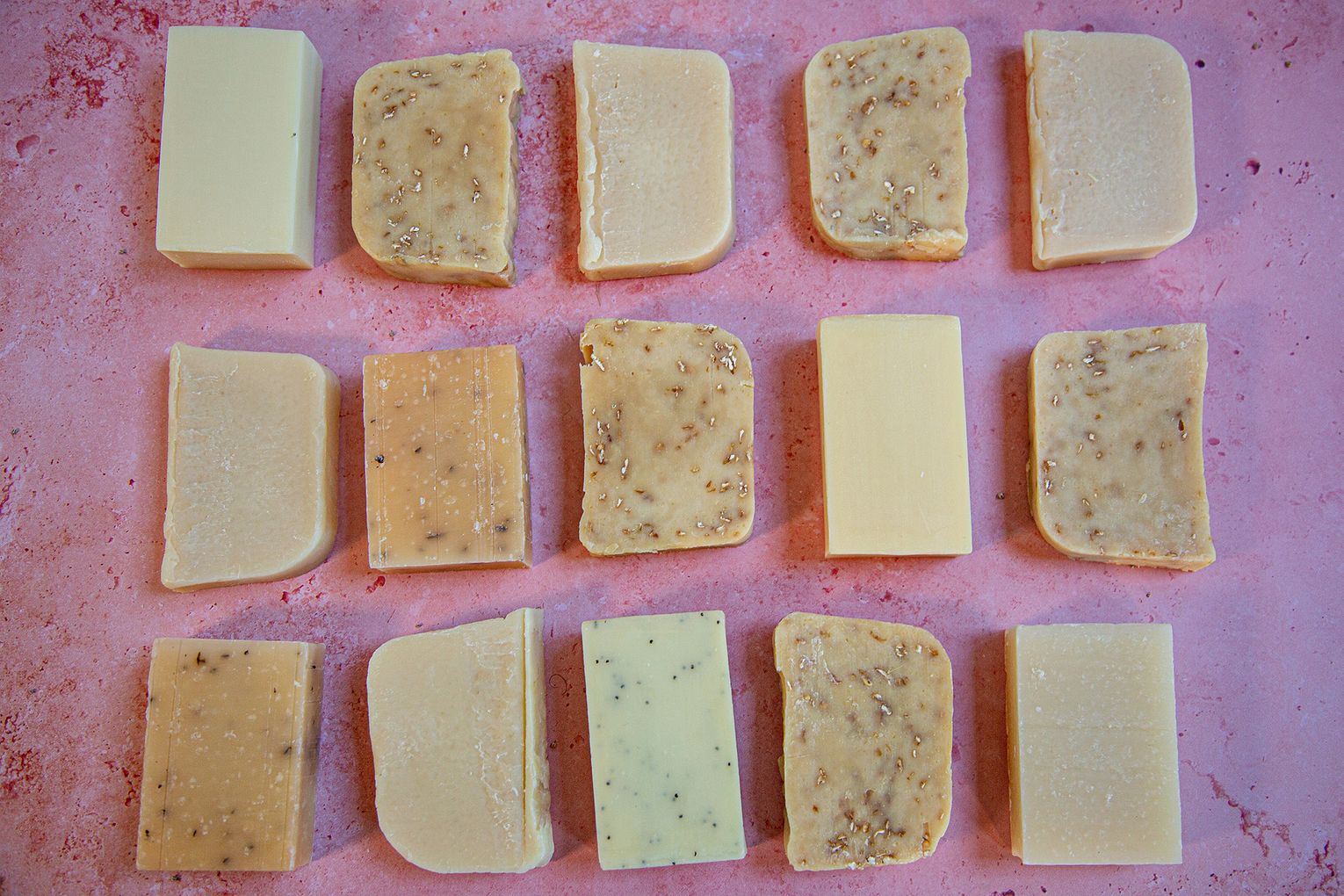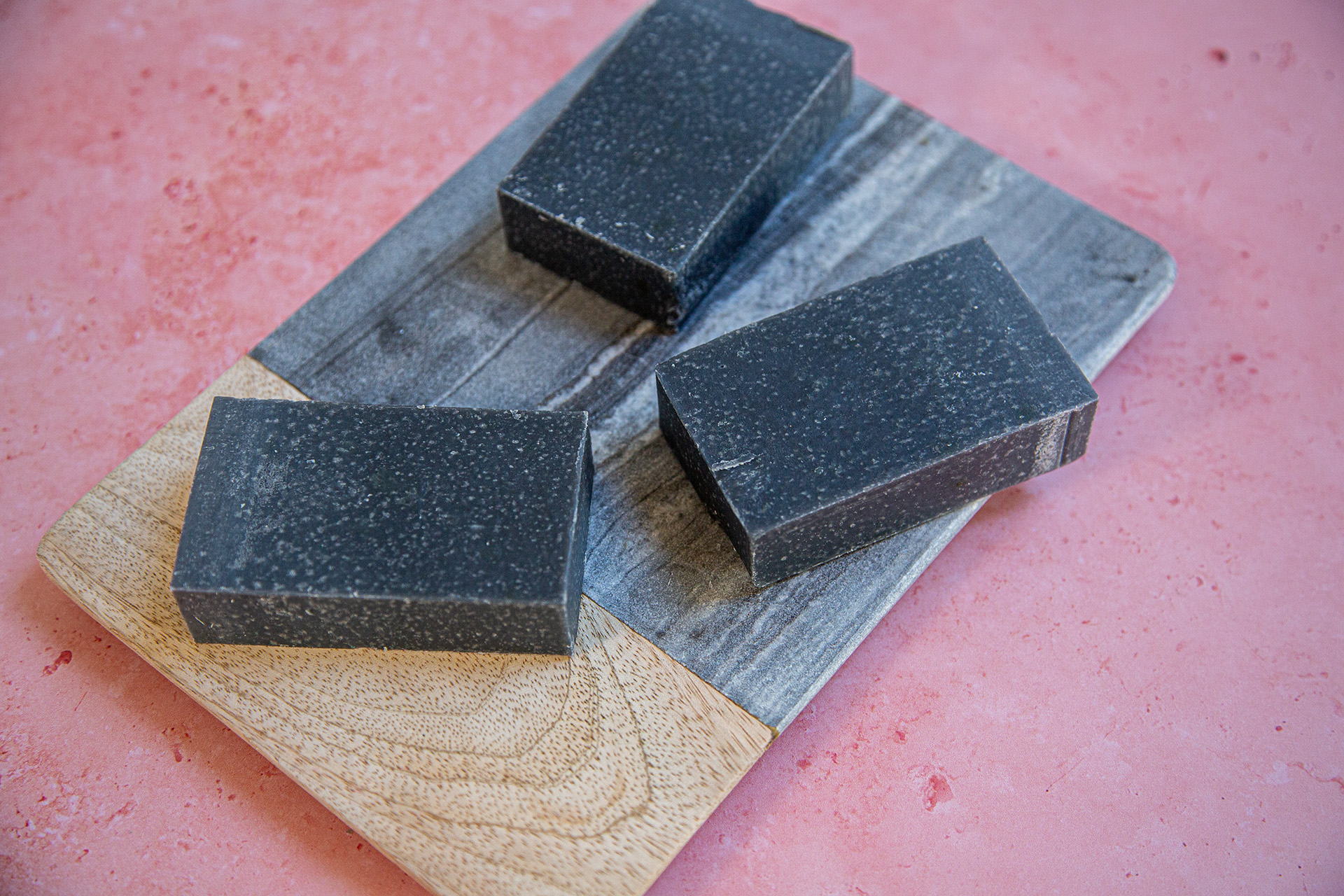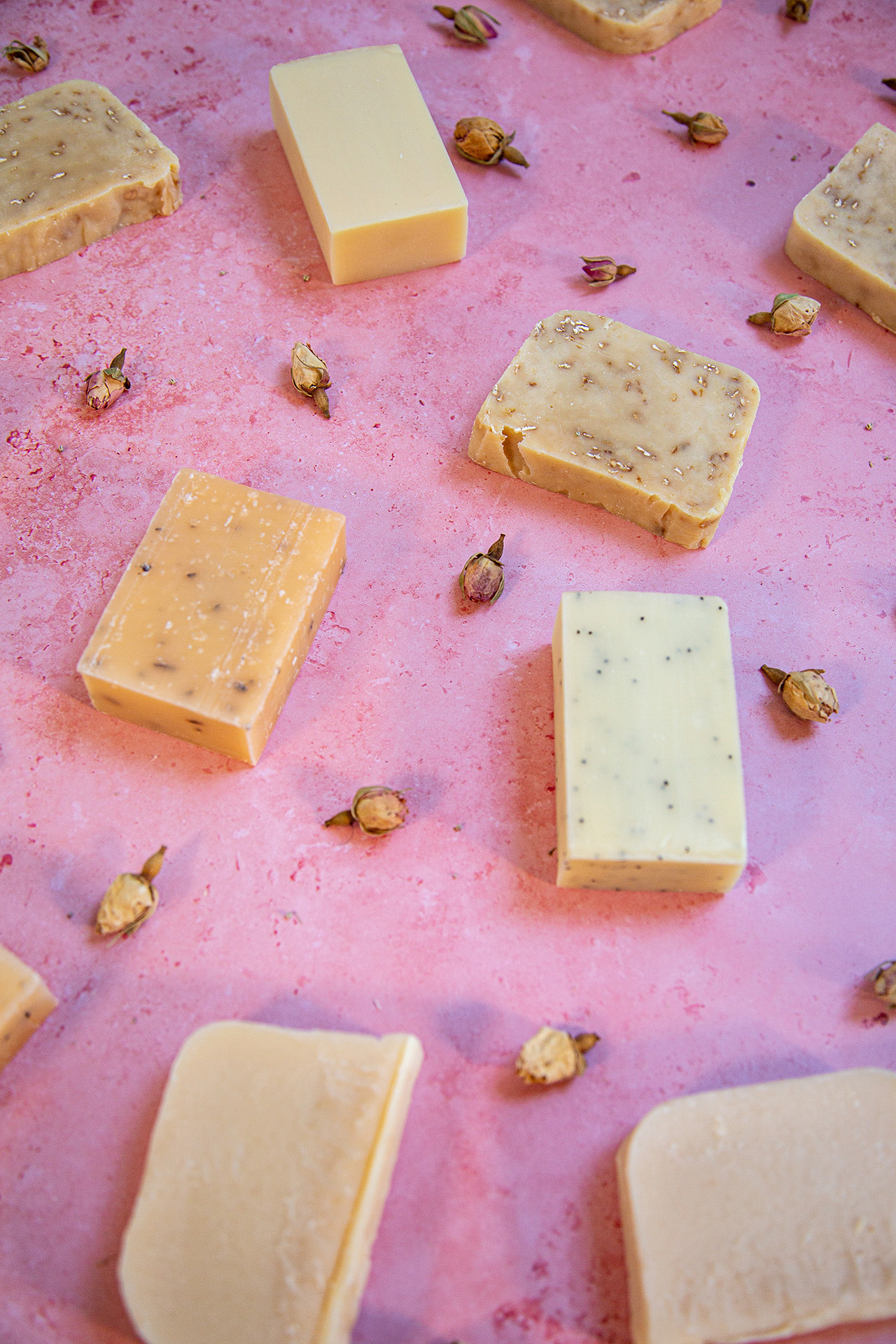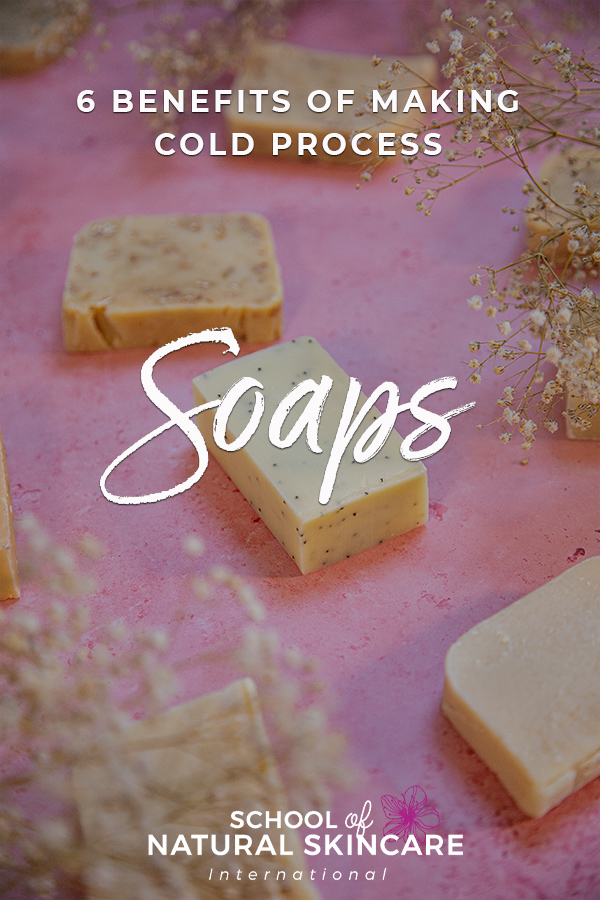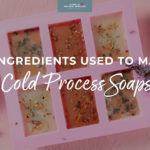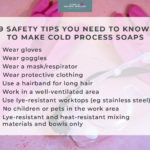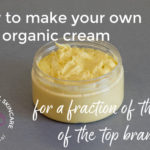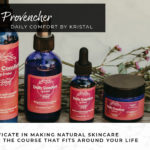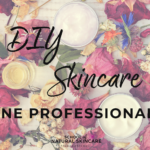Fortunately, we have an online course, Cold Process Soap Making, that teaches you how to make cold process soaps at home for yourself. It is split into two sections, beginners soap making and advanced cold process soap recipes.
You’ll find this online course inside the Natural Cosmetic Formulation Club.
You might like to check out our article, 6 ingredients used to make cold process soaps as well.
Let’s look at the 6 benefits of making cold process soaps.
- Zero-waste
Soap bars don’t require any packaging! So, if you are looking for a product type that is sustainable or that has a good eco-footprint, then soap is the perfect solution.
- Cost effective
Natural soap is inexpensive to make, especially if you are not using high amounts of expensive essential oils and other additives.
Making cold process soap is extremely economical because one batch makes several bars of soap :-). So if you are just making it for personal use, one batch could make enough soap for several months’ use.
A regular-sized bar of soap usually costs less than $1 to make, as typical soapmaking oils and lye are inexpensive. Moreover, a bar of soap lasts a long time, which makes soap a very economical product.
- Preservative-free
After soap bars have been cured, they still contain some water, and we might expect that water to become the source of microbial growth.
However, water in soap bars is not available to microorganisms as it is bound up in the crystalline structure of soap at the molecular level.
Another aspect that protects soap bars from microbial spoilage is their alkaline pH, which is so high that it is impossible for microorganisms to live in or on it. Therefore, natural soap bars do not require any preservatives.
With modern soapmaking processes we carefully measure out all of the ingredients so we can avoid any issues.
- Long shelf-life
As long as soap bars are stored in a cool and dry space, they can easily have a shelf-life of 6-12 months. If they contain more stable oils or an antioxidant, they can last up to 2 years.
So if you are making larger batches, the soap bars will not go bad before you get a chance to use them. And remember, one batch makes several bars too so it is extremely economical.
- pH of Soap
Since soap molecules are a product of a chemical reaction between a strong alkali (lye) and a weak acid (fatty acid from the triglyceride), by their chemical nature they will have an alkaline pH. Soap bars generally have a pH between 9.0 and 10.0.
It is impossible to make natural soap with a neutral pH. Adding acids (eg citric acid) to soap will not bring
Since the pH level of the skin is around 5.0, natural soaps can seem unsuitable. However, while it is true that using soap increases the pH on the surface of the skin, our skin has a natural ability to regulate pH, and over time it will return to healthy acidic levels (typically taking 20 minutes to two hours).
Another thing that makes natural soap popular as a gentle cleansing option is the fact that it contains glycerin – a humectant that moisturizes the skin.
- Nourishing
Soaps are not only used as a detergent for cleaning, they can also be nourishing and softening.
The fatty acids that provide the best nourishing and conditioning properties are unsaturated fatty acids, such as oleic, linoleic and linolenic fatty acids. These fatty acids are present in considerable quantities in oils such as olive oil, avocado oil, almond oil, sunflower oil and macadamia nut oil.
How to make cold process soap?
When it comes to making cold process soap at home, or in your lab, you’ll want to make sure you know what you are doing. The chemical reaction involved has to be done carefully and correctly and you’ll need to know about the nuances around making cold process soap vs other cosmetic products, which is not the same process.
So even if a certain quantity of water is stated in a recipe, you can still decide to use a different amount, for whatever reason (for example, you may wish to use more water so your soap batter is more fluid and easier to create swirls with).
Soap calculators also follow this principle – the only ingredients expressed in percentages are the oils; the rest are given in grams for a certain batch size.
You’ll want to understand the essential soap making terminology (otherwise it won’t make much sense), the process of saponification, lye concentration and temperature control.
You’ll also want to make sure you follow up-to-date methods – it is extremely difficult to replicate traditional soaps correctly but using the right methods you can get close 🙂
And finally, you’ll want to carefully select the right scales of hardness, detergency, and foam as well as what nourishing properties you want to include.
Fortunately, we have created an online course called Cold Process Soap Making which is split into two sections – Beginner’s Cold Process Soap Making and Advanced Cold Process Soap Recipes.
Can I unlock multiple modules of a course in a month rather than waiting?
Absolutely! You are in control of your studies, the choices you make and the credits you have.
Take the 300 credits for the Cold Process Soap Making course and divide that by the 50 credits you get each month. This equals 6 months of study.
Essentially, you can exchange your 50 credits each month for 6 months and study the course over those 6 months and beyond…
Or…
If you are able to dedicate more time to your studies and have the funds available, you can top your credits up and unlock multiple modules in one go and power through the materials without having to wait until next month.
Loved reading about the benefits of making cold processed soaps? Make sure to remember them by pinning this!




